30 pages • 1 hour read
James JoyceCounterparts
Fiction | Short Story | Adult | Published in 1914A modern alternative to SparkNotes and CliffsNotes, SuperSummary offers high-quality Study Guides with detailed chapter summaries and analysis of major themes, characters, and more.
Character Analysis
Farrington
The title of the short story “Counterparts” is an indication that there is more complexity to the central character, Farrington, than is presented by his actions. He epitomizes counter productivity, and generally behaves counter to his own best interests. By literal definition, a counterpart is an individual’s likeness or equal partner. In this context, Farrington is a bad counterpart, seeming entirely opposed to every element of his life except the pub. The result is the depiction of a fragmented man with the qualities of a tragic hero.
This story falls in the middle of James Joyce’s collection Dubliners, with the preceding chapters revealing youthful characters who have their ambitions suppressed by the restrictions of Irish institutions and English colonial values and class structures. By the time the reader of Dubliners begins “Counterparts,” Farrington’s self-destructive behavior makes sense. He is well into middle age, and while the path from his youthful ambitions to his current state is not fully presented, it is understood that his trajectory is as doomed as characters from earlier chapters. The bleak existence that is encapsulated in “Counterparts” underscores the tragedy of his life and the tragedy of so many Irish men like him.
Related Titles
By James Joyce

An Encounter
James Joyce

A Painful Case
James Joyce

A Portrait of the Artist as a Young Man
James Joyce
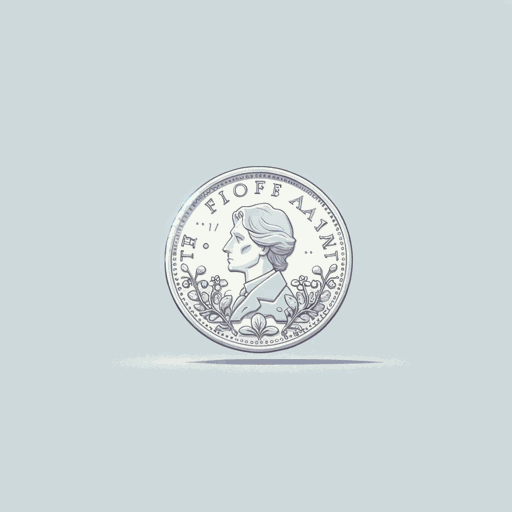
Araby
James Joyce

Clay
James Joyce

Dubliners
James Joyce
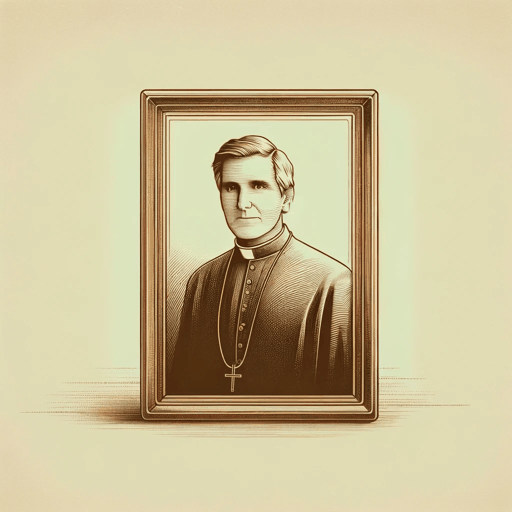
Eveline
James Joyce

Finnegans Wake
James Joyce

Ivy Day in the Committee Room
James Joyce
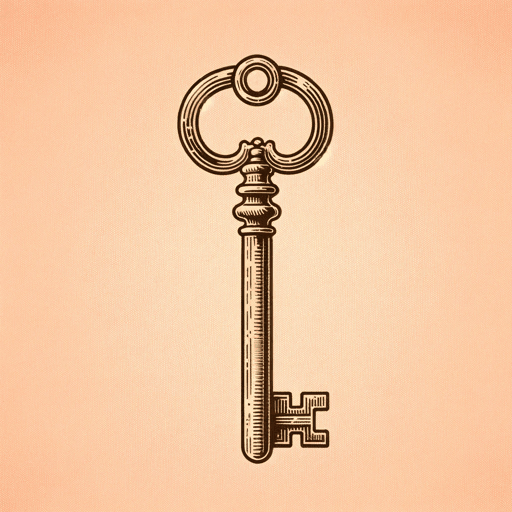
The Boarding House
James Joyce

The Dead
James Joyce

The Sisters
James Joyce
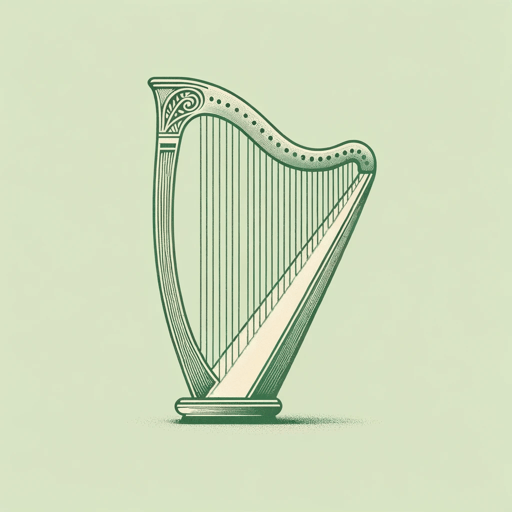
Two Gallants
James Joyce
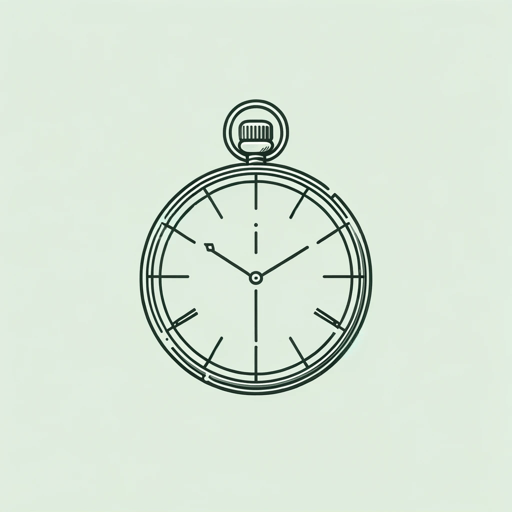
Ulysses
James Joyce

